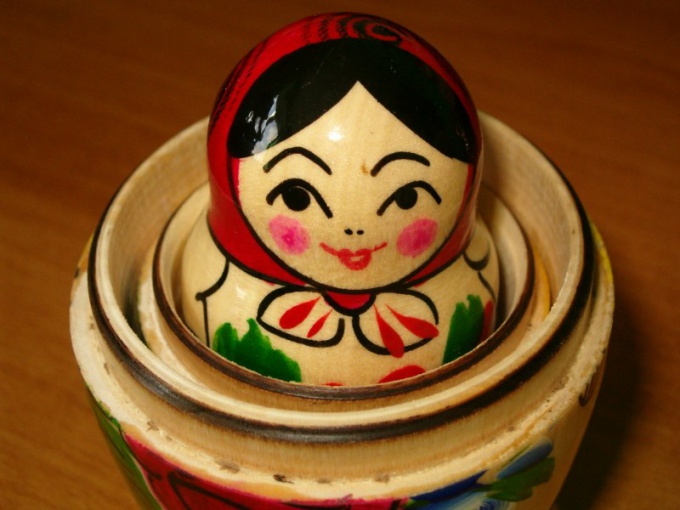What do you need
First and foremost, of course, the desired object that you will paint. This can be a cutting Board, a wooden toy box, stool. You will also need paint. Paint wooden products are tempera, gouache, oil paints, but is now particularly popular acrylic paint. They have many advantages: they dry quickly, do not fade when dry, does not crumble, the work does not need to varnish. In addition, the range of acrylic paints is quite large. You will need the composition of the soil (you can buy in the same Department as paint, or make your own from water and chalk). Buy some squirrel or kolinsky brushes of different thickness, and sand paper with coarse and fine grain. If you don't know how to draw, you will like copy paper, with which you will be able to transfer to the Board the completed drawing.
The selection and processing of the workpiece
Regardless of what you are going to paint, carefully choose a preset. It should not be visible damage like cracks and chips, as well as knots. Procurement, store-bought products for artists, usually no need to wash. If there is visible dirt, wash the Board with a stiff brush, with soap and water, and allow it to dry. In the presence of significant irregularities line up the surface of a large cloth, and then grind fine. Apply the primer and allow the Board to dry.
Figure
The picture can do it yourself. On primed wood fits well the usual simple pencil. You can take the finished composition and transfer it onto the Board using carbon paper. Try to choose patterns with clear outlines and a small amount of fine detail. Themes can be different: floral and geometric ornament, landscape, still life, even portraits. Of course, if you paint a figure of an animal or doll, apply all the necessary parts – the muzzle or face, stripes the cat, handkerchief, and apron, matryoshka, etc.
Painting
Start to paint with the largest parts. To do this, select a very broad brush. Apply the paint evenly. If you paint a vertical figure, apply the paint start from the top. Acrylic paint can be too thick, then they need to be diluted with water. Once the large fields are filled in, allow the workpiece to dry and then start working on smaller details. The last stage is the elaboration of very fine detail and drawing of contours very thin brush. If you do not use acrylic paints, but gouache or watercolor, the work will need to varnish. Colorless parquet varnish in this situation will fit more than others.
